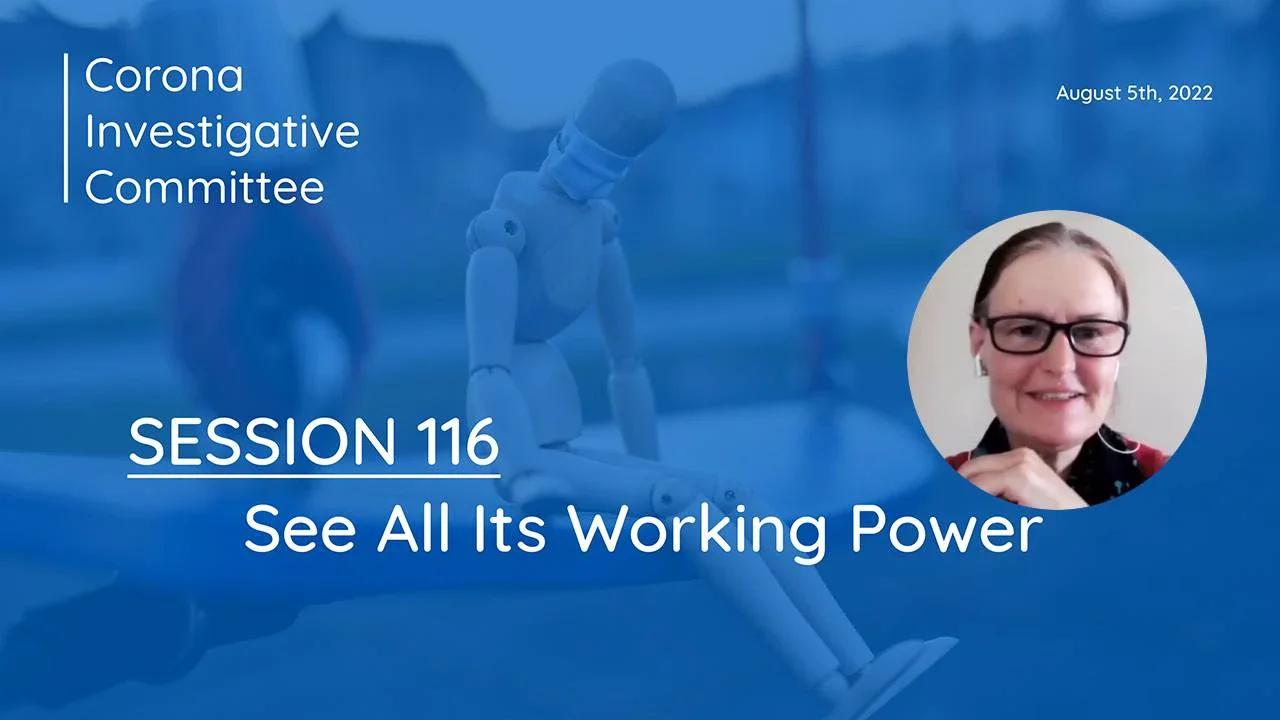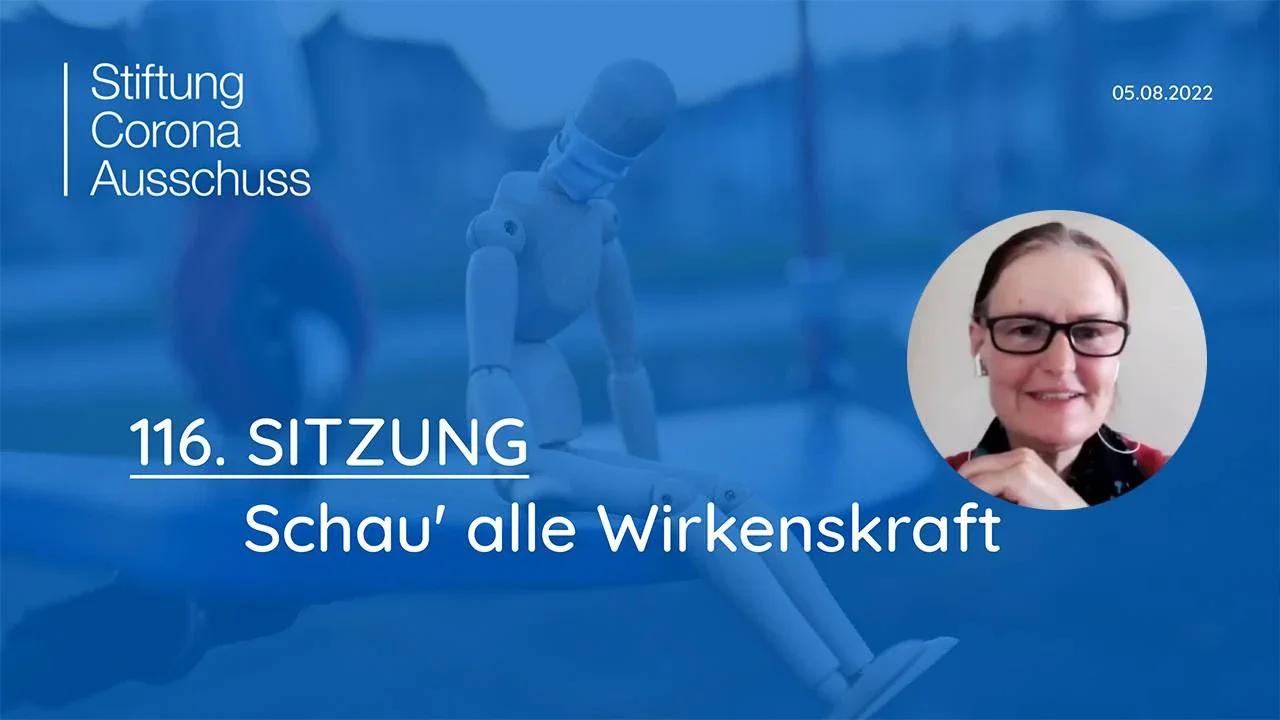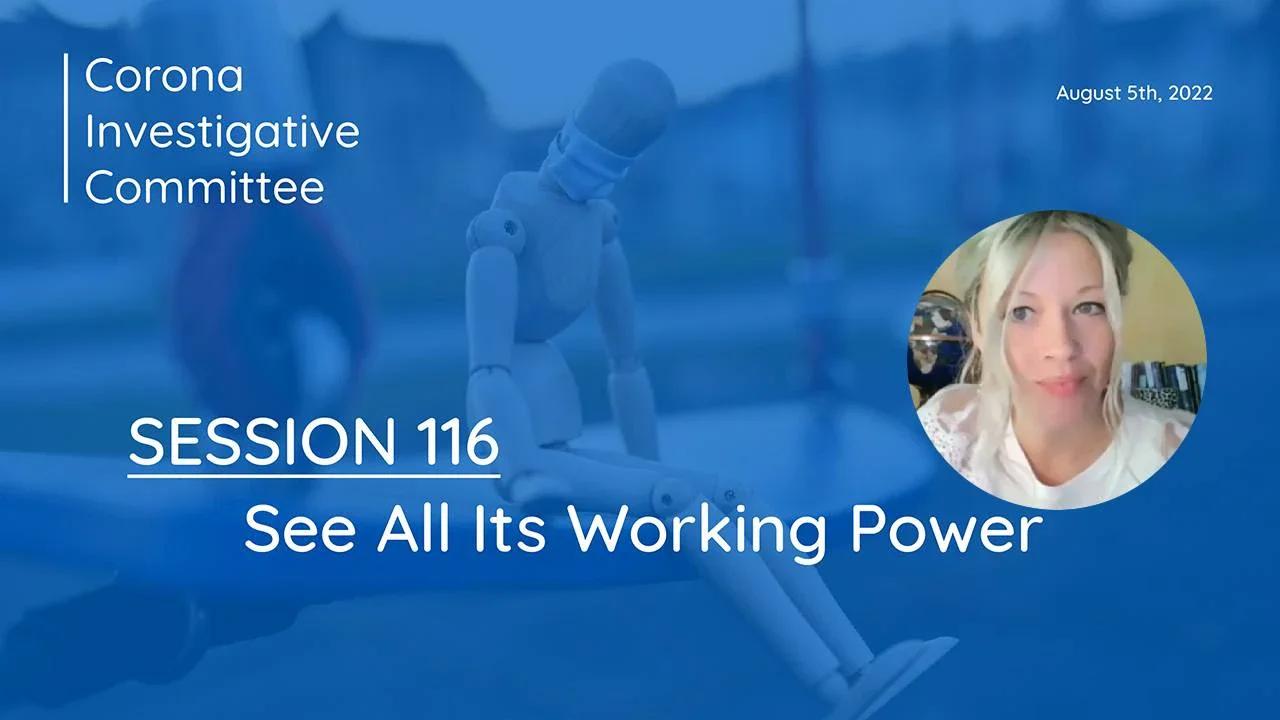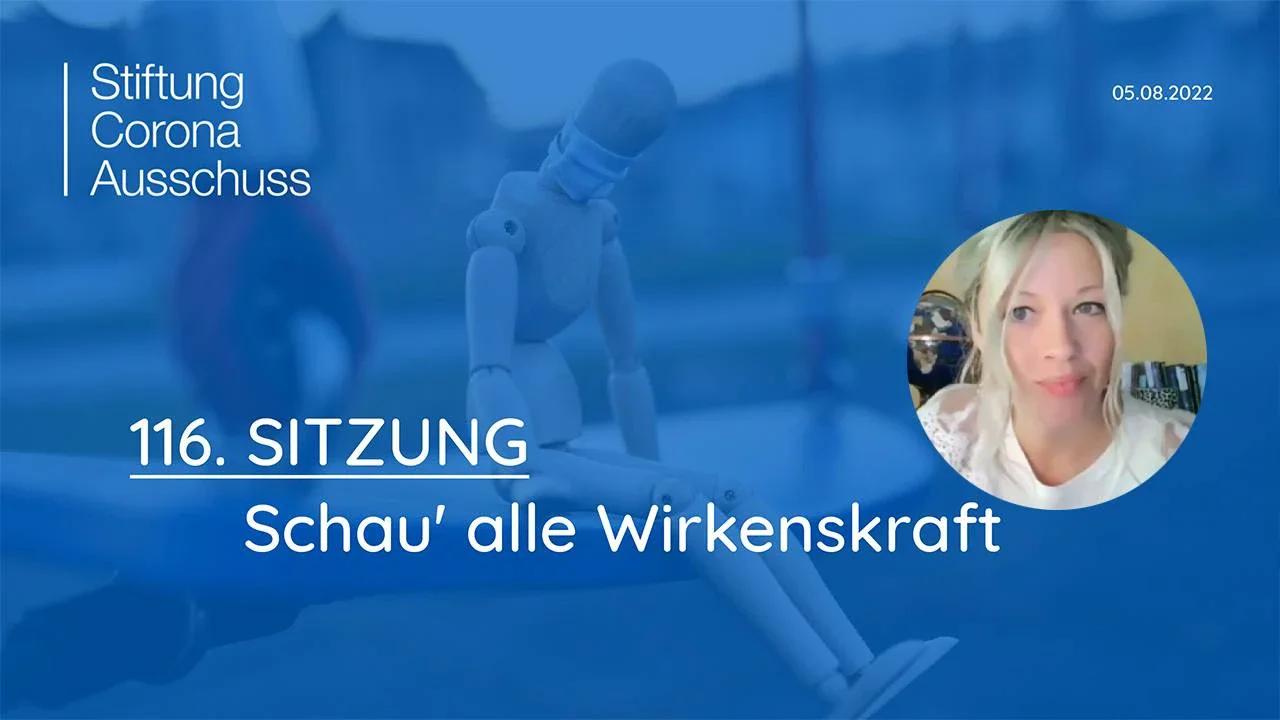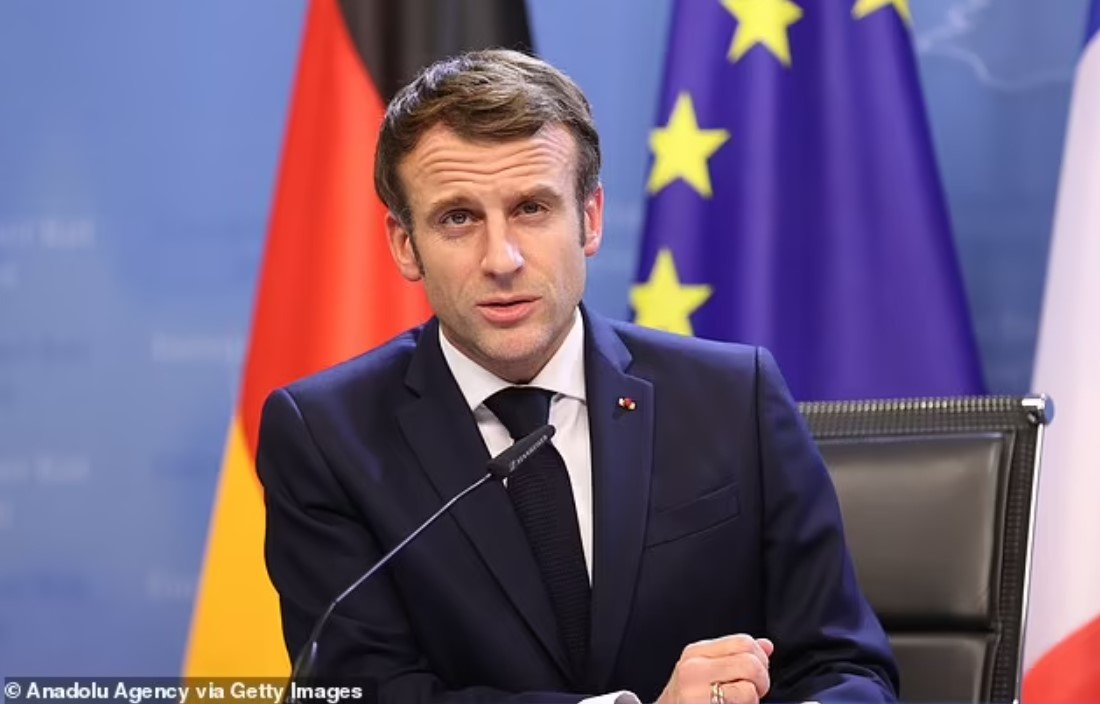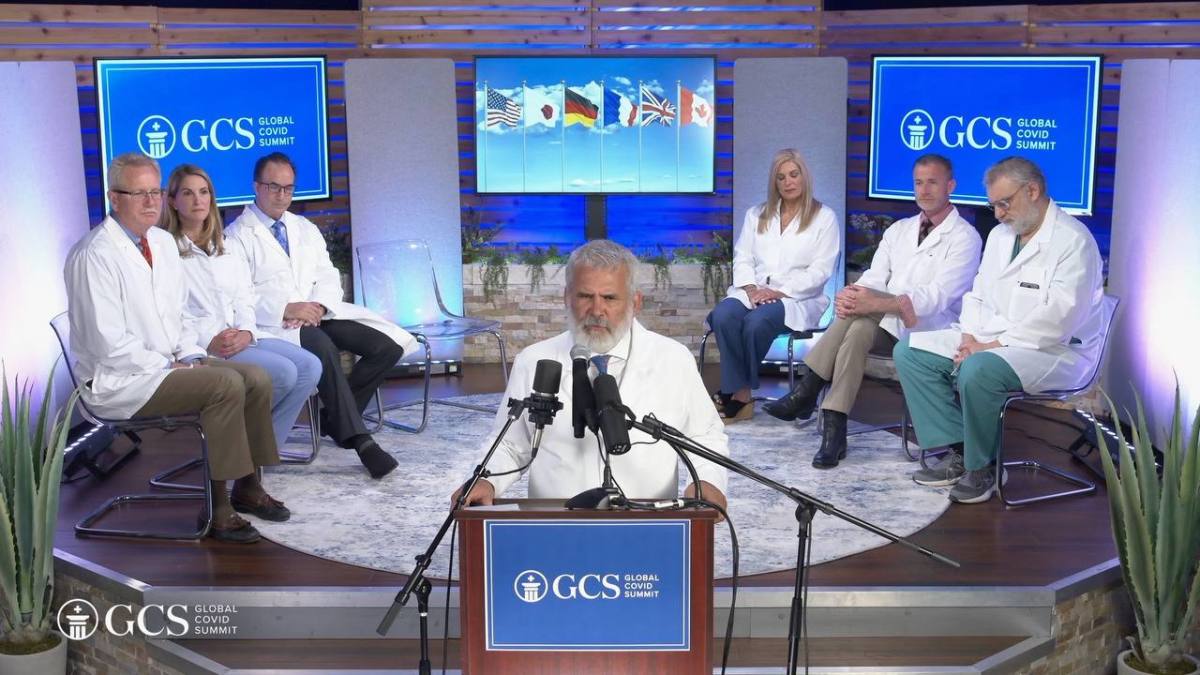The link doesn't work.
Jeffrey Sachs says Covid was developed in US labs, tech. then shared with China
Did US Biotechnology Help to Create COVID-19?
by NEIL L. HARRISON and JEFFREY D. SACHS
Project Syndicate
May 27, 2022
NEW YORK - When US President Joe Biden asked the United States
Intelligence Community to determine the origin of COVID-19, its
conclusion was remarkably understated but nonetheless shocking. In a
one-page summary, the IC made clear that it could not rule out the
possibility that SARS-CoV-2 (the virus that causes COVID-19) emerged
from a laboratory.
But even more shocking for Americans and the world is an additional
point on which the IC remained mum: If the virus did indeed result from
laboratory research and experimentation, it was almost certainly created
with US biotechnology and know-how that had been made available to
researchers in China.
To learn the complete truth about the origins of COVID-19, we need a
full, independent investigation not only into the outbreak in Wuhan,
China, but also into the relevant US scientific research, international
outreach, and technology licensing in the lead-up to the pandemic.
We recently called for such an investigation in the Proceedings of the
National Academy of Sciences. Some might dismiss our reasons for doing
so as a "conspiracy theory." But let us be crystal clear: If the virus
did emerge from a laboratory, it almost surely did so accidentally in
the normal course of research, possibly going undetected via
asymptomatic infection.
It is of course also still possible that the virus had a natural origin.
The bottom line is that nobody knows. That is why it is so important to
investigate all the relevant information contained in databases
available in the US.
Missed Opportunities
Since the start of the pandemic in early 2020, the US government has
pointed an accusatory finger at China. But while it is true that the
first observed COVID-19 cases were in Wuhan, the full story of the
outbreak could involve America's role in researching coronaviruses and
in sharing its biotechnology with others around the world, including China.
US scientists who work with SARS-like coronaviruses regularly create and
test dangerous novel variants with the aim of developing drugs and
vaccines against them. Such "gain-of-function" research has been
conducted for decades, but it has always been controversial, owing to
concerns that it could result in an accidental outbreak, or that the
techniques and technologies for creating new viruses could end up in the
wrong hands. It is reasonable to ask whether SARS-CoV-2 owes its
remarkable infectivity to this broader research effort.
Unfortunately, US authorities have sought to suppress this very
question. Early in the epidemic, a small group of virologists queried by
the US National Institutes of Health told the NIH leadership that
SARS-CoV-2 might have arisen from laboratory research, noting that the
virus has unusual features that virologists in the US have been using in
experiments for years - often with support from the NIH.
How do we know what NIH officials were told, and when? Because we now
have publicly available information released by the NIH in response to a
Freedom of Information Act (FOIA) request. We know that on February 1,
2020, the NIH held a conference call with a group of top virologists to
discuss the possible origin of the virus. On that call, several of the
researchers pointed out that laboratory manipulation of the virus was
not only possible, but according to some, even likely. At that point,
the NIH should have called for an urgent independent investigation.
Instead, the NIH has sought to dismiss and discredit this line of inquiry.
Heads in the Sand
Within days of the February 1 call, a group of virologists, including
some who were on it, prepared the first draft of a paper on the
"Proximal Origin of SARS-CoV-2." The final draft was published a month
later, in March 2020. Despite the initial observations on February 1
that the virus showed signs of possible laboratory manipulation, the
March paper concluded that there was overwhelming evidence that it had
emerged from nature.
The authors claimed that the virus could not possibly have come from a
laboratory because "the genetic data irrefutably show that SARS-CoV-2 is
not derived from any previously used virus backbone." Yet the single
footnote (number 20) backing up that key claim refers to a paper from
2014, which means that the authors' supposedly "irrefutable evidence"
was at least five years out of date.
Owing to their refusal to support an independent investigation of the
lab-leak hypothesis, the NIH and other US federal government agencies
have been subjected to a wave of FOIA requests from a range of
organizations, including US Right to Know and The Intercept. These FOIA
disclosures, as well as internet searches and "whistleblower" leaks,
have revealed some startling information.
Consider, for example, a March 2018 grant proposal submitted to the US
Defense Advanced Research Projects Agency (DARPA) by EcoHealth Alliance
(EHA) and researchers at the Wuhan Institute of Virology (WIV) and the
University of North Carolina (UNC). On page 11, the applicants explain
in detail how they intend to alter the genetic code of bat coronaviruses
to insert precisely the feature that is the most unusual part of the
SARS-CoV-2 virus.
Although DARPA did not approve this grant, the work may have proceeded
anyway. We just don't know. But, thanks to another FOIA request, we do
know that this group carried out similar gain-of- function experiments
on another coronavirus, the one that causes Middle East respiratory
syndrome (MERS).
In yet other cases, FOIA disclosures have been heavily redacted,
including a remarkable effort to obscure 290 pages of documents going
back to February 2020, including the Strategic Plan for COVID-19
Research drafted that April by the US National Institute of Allergy and
Infectious Diseases. Such extensive redactions deeply undermine public
trust in science, and have only served to invite additional urgent
questions from researchers and independent investigators.
The Facts of the Case
Here are ten things that we do know.
First, the SARS-CoV-2 genome is distinguished by a particular
12-nucleotide sequence (the genetic code) that serves to increase its
infectivity. The specific amino acid sequence directed by this insertion
has been much discussed and is known as a furin cleavage site (FCS).
Second, the FCS has been a target of cutting-edge research since 2006,
following the original SARS outbreak of 2003-04. Scientists have long
understood that the FCS holds the key to these viruses' infectivity and
pathophysiology.
Third, SARS-CoV-2 is the only virus in the family of SARS-like viruses
(sarbecoviruses) known to have an FCS. Interestingly, the specific form
of the FCS that is present in SARS-CoV-2 (eight amino acids encoded by
24 nucleotides) is shared with a human sodium channel that has been
studied in US labs.
Fourth, the FCS was already so well known as a driver of
transmissibility and virulence that a group of US scientists submitted a
proposal to the US government in 2018 to study the effect of inserting
an FCS into SARS-like viruses found in bats. Although the dangers of
this kind of work have been highlighted for some time, these bat viruses
were somehow considered to be in a lower-risk category. This exempted
them from NIH gain-of-function guidelines, thereby enabling NIH-fimded
experiments to be carried out at the inadequate BSL-2 safety level.
Fifth, the NIH was a strong supporter of such gain-of-function research,
much of which was performed using US-developed biotechnology and
executed within an NIH-fimded three-way partnership between the EHA, the
WIV, and UNC.
Sixth, in 2018, a leading US scientist pursuing this research argued
that laboratory manipulation was vital for drug and vaccine discovery,
but that increased regulation could stymie progress. Many within the
virology community continue to resist sensible calls for enhanced
regulation of the most high-risk virus manipulation, including the
establishment of a national regulatory body independent of the NIH.
Seventh, the virus was very likely circulating a lot earlier than the
standard narrative that dates awareness of the outbreak to late December
2019. We still do not know when parts of the US government became aware
of the outbreak, but some scientists were aware of the outbreak as of
mid- December.
Eighth, the NIH knew as early as February 1, 2020, that the virus could
have emerged as a consequence of NIH-fimded laboratory research, but it
did not disclose that fundamental fact to the public or to the US Congress.
Ninth, extensive sampling by Chinese authorities of animals in Wuhan wet
markets and in the wild has found not a single wild animal harboring the
SARS-CoV-2 virus. Despite this, there is no indication that the NIH has
requested the laboratory records of US agencies, academic centers, and
biotech companies involved in researching and manipulating SARS-like
coronaviruses.
Tenth, the IC has not explained why at least some of the US intelligence
agencies do in fact believe that a laboratory release was either the
most likely or at least a possible origin of the virus.
Time for Transparency
Given the questions that remain unanswered, we are calling on the US
government to conduct a bipartisan investigation. We may never
understand the origin of SARS-CoV-2 without opening the books of the
relevant federal agencies (including the NIH and the Department of
Defense), the laboratories they support, academic institutions that
store and archive viral sequence data, and biotechnology companies.
A key objective of the investigation would be to shed light on a basic
question: Did US researchers undertake research or help their Chinese
counterparts to undertake research to insert an FCS into a SARS-like
virus, thereby playing a possible role in the creation of novel
pathogens like the one that led to the current pandemic?
Investigations into COVID-19's origins should no longer be secretive
ventures led by the IC. The process must be transparent, with all
relevant information being released publicly for use by independent
scientific researchers. It seems clear to us that there has been a
concerted effort to suppress information regarding the earliest events
in the outbreak, and to hinder the search for additional evidence that
is clearly available within the US. We suggest that a panel of
independent researchers in relevant disciplines be created and granted
access to all pertinent data in order to advise the US Congress and the
public.
There is a good chance that we can learn more about the origins of this
virus without waiting on China or any other country, simply by looking
in the US. We believe such an inquiry is long overdue.
NEIL L. HARRISON
Neil L. Harrison is a professor at Columbia University.
JEFFREY D. SACHS
Jeffrey D. Sachs, University Professor at Columbia University, is
Director of the Center for Sustainable Development at Columbia
University and President of the UN Sustainable Development Solutions
Network. He has served as adviser to three UN Secretaries-General, and
currently serves as an SDG Advocate under Secretary-General Antonio
Guterres. His books include The End of Poverty, Common Wealth, The Age
of Sustainable Development, Building the New American Economy, A New
Foreign Policy : Beyond American Exceptionalism, and, most recently, The
Ages of Globalization. ==
Sachs' paper, titled Did US Biotechnology Help to Create COVID-19?, is
also on his website at
Project Syndicate May 27, 2022 Neil Harrison Jeffrey D. Sachs NEW YORK – When US President Joe Biden asked the United States Intelligence Community to determine the origin of COVID-19, its conclusion was remarkably understated but nonetheless shocking. In a one-page summary , the IC ma

www.jeffsachs.org


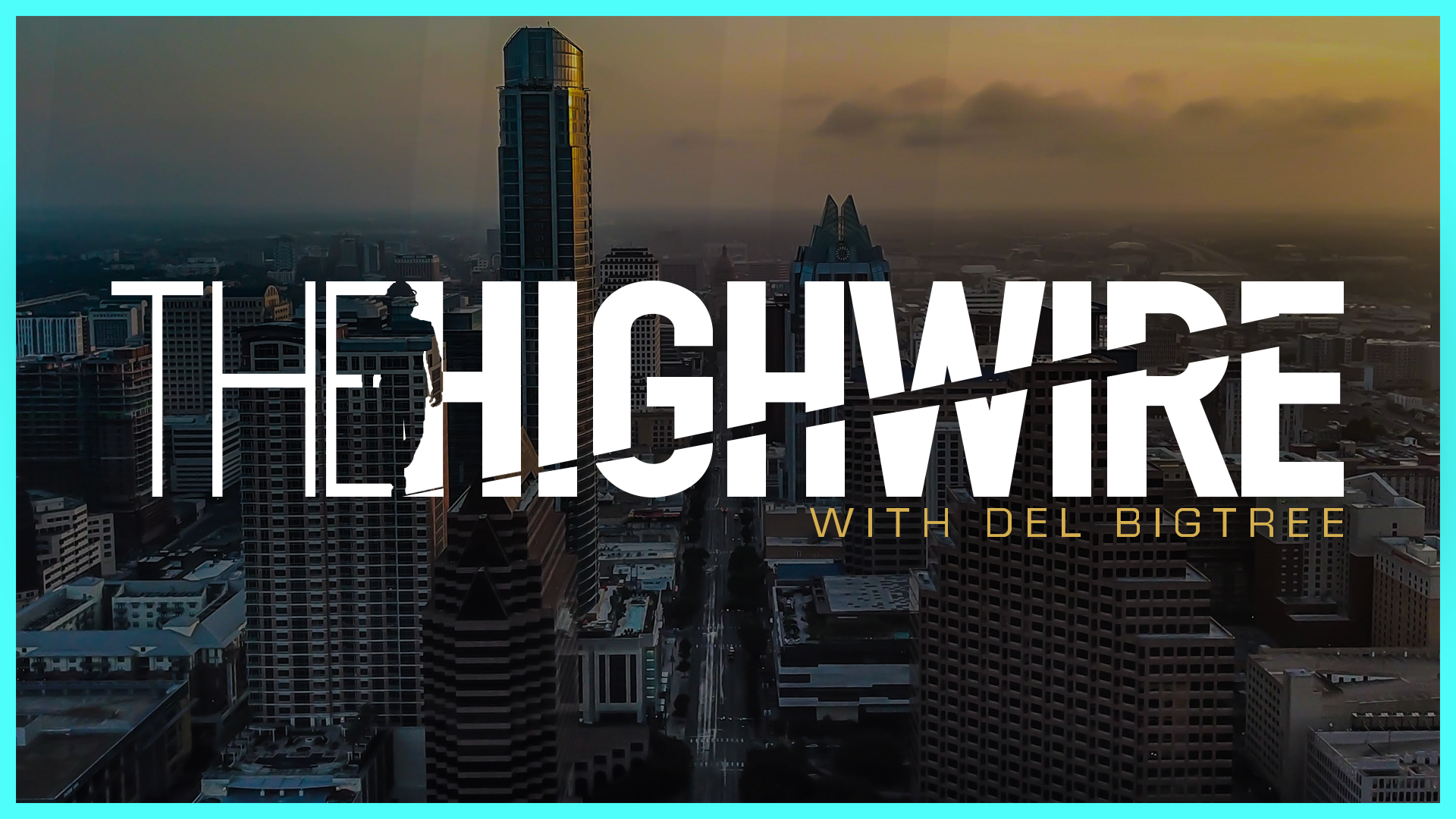
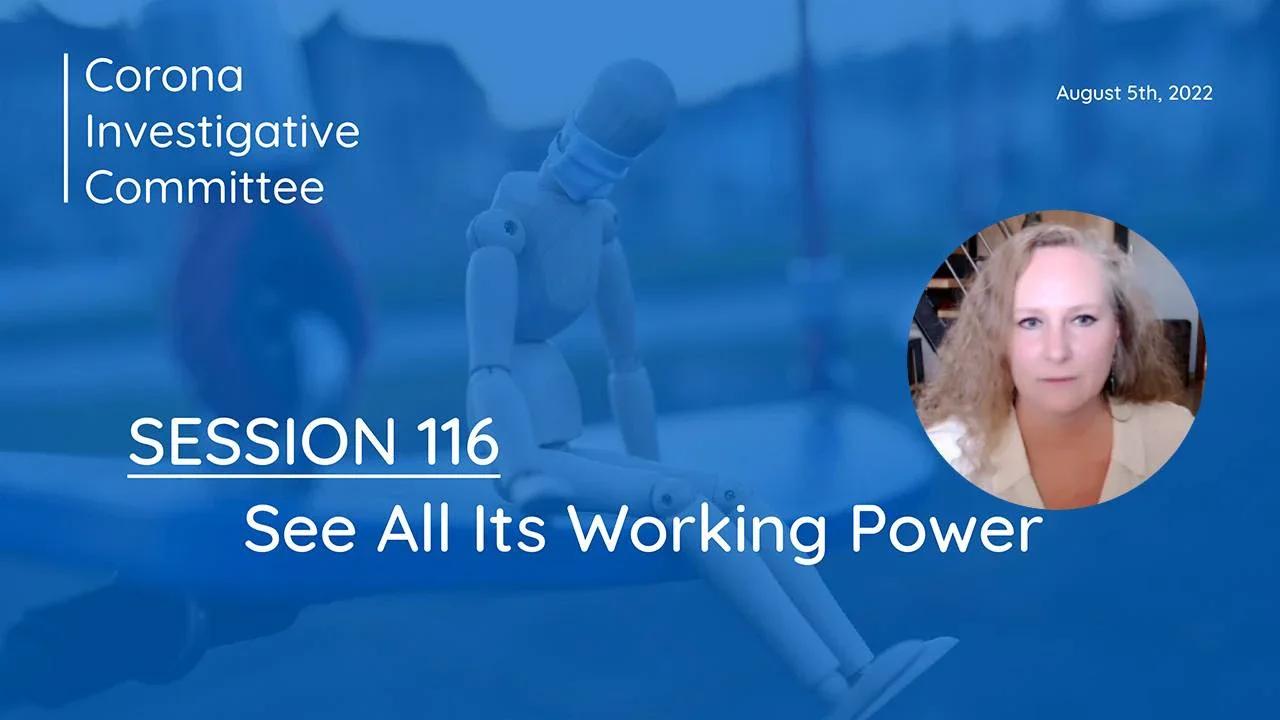
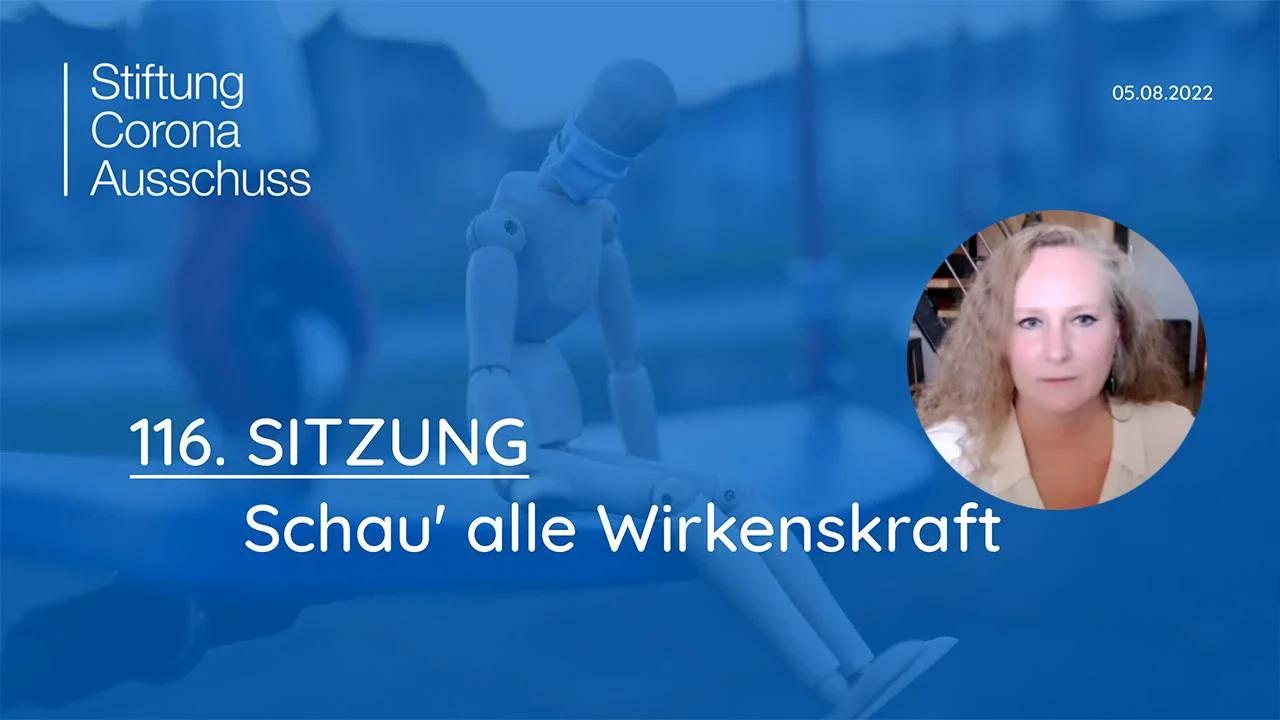
 In fact what she had to say, was considered to be so crucial that the Committee will likely soon have another session with her, because she only was able to talk about ⅓ in the list of things to tell.
In fact what she had to say, was considered to be so crucial that the Committee will likely soon have another session with her, because she only was able to talk about ⅓ in the list of things to tell.